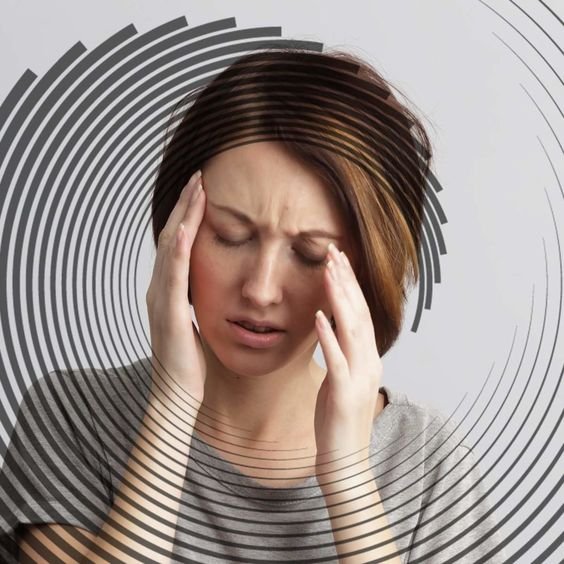Navigating the Whirlwind: Understanding Vertigo and Tinnitus.
Vertigo and tinnitus are sensory disorders that can significantly impact an individual’s quality of life, creating a whirlwind of challenges in their daily experiences. This article explores the nature, causes, symptoms, and potential management strategies for these conditions, shedding light on the complexities of vertigo and tinnitus and offering insights for those grappling with these sensory disturbances.
Understanding Vertigo
- Definition and Sensation:
- Vertigo is characterized by a false sensation of movement, often described as spinning, swaying, or tilting. It can be accompanied by nausea, imbalance, and a general feeling of disorientation.
- Causes:
- Inner ear disorders, such as benign paroxysmal positional vertigo (BPPV), vestibular neuritis, and Meniere’s disease, are common causes of vertigo. Other factors include migraines, certain medications, and neurological conditions.
- Symptoms:
- Vertigo symptoms may include dizziness, unsteadiness, nausea, and a spinning sensation. The intensity and duration can vary, impacting an individual’s ability to perform daily activities.
Understanding Tinnitus
- Definition and Perception:
- Tinnitus is the perception of noise or ringing in the ears without an external sound source. The sounds may vary in pitch and intensity and can be constant or intermittent.
- Causes:
- Tinnitus often results from damage to the auditory system, such as exposure to loud noises, age-related hearing loss, or earwax blockage. It can also be associated with medical conditions like Meniere’s disease and temporomandibular joint (TMJ) disorders.
- Symptoms:
- Tinnitus manifests as the perception of sounds like ringing, buzzing, hissing, or roaring. The sound may be more noticeable in quiet environments and can interfere with sleep and concentration.
Connection between Vertigo and Tinnitus
- Inner Ear Connection:
- Both vertigo and tinnitus can be linked to disorders of the inner ear. Conditions like Meniere’s disease often present with both symptoms, suggesting a shared pathophysiology.
- Vestibular System Involvement:
- The vestibular system, responsible for balance and spatial orientation, is closely connected to the auditory system. Disorders affecting this system can manifest as a combination of vertigo and tinnitus.
Management Strategies
- Medical Evaluation:
- Individuals experiencing vertigo and tinnitus should undergo a comprehensive medical evaluation to identify the underlying causes. This may involve consultations with otolaryngologists, audiologists, and neurologists.
- Treatment of Underlying Conditions:
- Addressing the root causes, such as treating inner ear disorders or managing contributing factors like stress and anxiety, forms a crucial aspect of managing vertigo and tinnitus.
- Vestibular Rehabilitation:
- Vestibular rehabilitation exercises can help individuals improve balance and reduce the severity and frequency of vertigo episodes. These exercises are often tailored to the specific needs of the individual.
- Hearing Aids and Sound Therapy:
- For tinnitus associated with hearing loss, hearing aids may be recommended. Sound therapy, using devices that produce low-level background noise, can also help mask or reduce the perception of tinnitus.
- Medications and Surgical Interventions:
- In certain cases, medications to alleviate symptoms or surgical interventions may be considered. These options are typically explored when conservative measures do not provide sufficient relief.
Conclusion
Vertigo and tinnitus are complex sensory disorders that require a thorough understanding of their underlying causes for effective management. As individuals navigate the challenges presented by these conditions, a multidisciplinary approach involving medical professionals, rehabilitation specialists, and supportive care is crucial. By addressing the root causes and employing targeted interventions, individuals can regain control over their sensory experiences and embark on a journey toward improved well-being.



